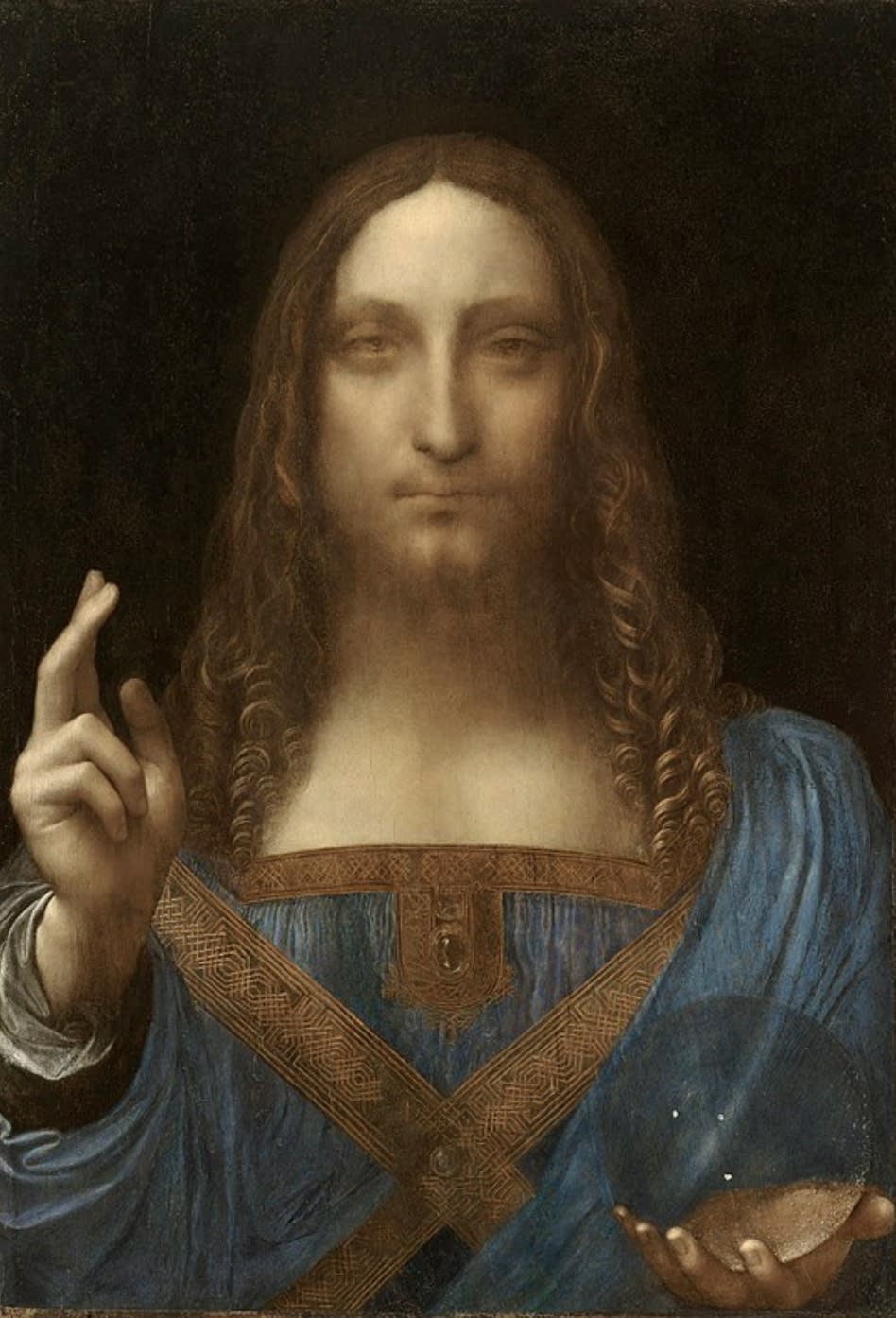
The world's most expensive painting, Salvator Mundi, attributed to Leonardo da Vinci, is set to undergo a transformation into a Non-Fungible Token (NFT).
The painting achieved a staggering sale price of $450.3 million, including fees, at Christie's New York, establishing a record as the highest amount ever paid at an auction. This enigmatic artwork, depicting Christ holding a crystal orb, is now in line for a digital makeover, thanks to ElmonX, a platform specialising in digital assets, in partnership with Bridgeman Images, a prominent image licensing company. The terms of this groundbreaking sale, scheduled for launch on August 12th, are yet to be disclosed.
ElmonX's track record in this domain includes the digitisation of renowned masterpieces like Leonardo da Vinci's Mona Lisa (1503), Van Gogh's Starry Night (1889), Auguste Rodin's The Thinker (1904), and Claude Monet's Nymphéas 1907. For instance, Mona Lisa was made available in 330 editions, each priced at £150.00, according to the ElmonX website. They also offered an "artist proof" version, which bundled an NFT of the painting with a print for £900.00, in an edition of just 10. Notably, an ElmonX artist-proof Mona Lisa recently resurfaced on the NFT marketplace OpenSea, fetching 3.7 ETH, equivalent to $6,764.
Bridgeman Images, known for their expertise in licensing fine art, cultural, and historical media for reproduction, expressed their delight in collaborating with ElmonX, the pioneers of NFT art creation. This partnership presents a unique and exclusive opportunity to create high-quality NFTs using Bridgeman Images' extensive collection.
Regarding the financial specifics of the collaboration, Bridgeman Images has chosen to keep them confidential. However, they clarified that the essence of the partnership involves licensing images to ElmonX in a manner akin to any commercial project, catering to advertisers, filmmakers, publishers, and designers across various industries.
Nonetheless, it's worth noting that the NFT market has seen its fair share of turbulence. While digital artist Beeple made headlines by selling his NFT artwork "Everydays: The First 5000 Days" for a whopping $69.3 million at Christie's in 2021, the latter part of the previous year saw a significant cryptocurrency crash, leading to an 83% drop in global NFT sales in 2022, according to NonFungible, an NFT sector tracker.
Returning to the captivating narrative of Salvator Mundi, this $450 million masterpiece has a history as intricate as any Shakespearean drama. From an ongoing debate over its attribution to a complex provenance and a series of mysterious sales, the journey of Salvator Mundi spans centuries. Our team painstakingly documented every significant development in the life of this masterpiece over the past 500 years.
The drama commenced when Christie's New York put the artwork up for auction in November 2017, with an estimate exceeding $100 million. It was guaranteed by a third party, rumoured to be the Taiwanese businessman Pierre Chen. After a riveting two-person bidding war, the gavel came down at $400 million ($450.3 million with fees), with the winning bid placed by a phone bidder on behalf of the then-unknown Saudi crown prince, Mohammed bin Salman (MBS). Today, the painting's whereabouts remain shrouded in mystery.
Interestingly, in 2021, author Ben Lewis added another layer of intrigue by creating an NFT version of Salvator Mundi, depicting the Savior clutching a fistful of dollars in place of the crystal orb—a contemporary twist to a timeless masterpiece.
As we await the forthcoming NFT transformation of Salvator Mundi, it's evident that the confluence of art and technology continues to evolve, promising a canvas for creativity, controversy, and commerce. Stay tuned for further developments in this intriguing chapter of art history.
Main Image: The Salvator Mundi, attributed to Leonardo da Vinci/ Image is public domain sourced / access rights from The Picture Art Collection / Alamy Stock Photo
